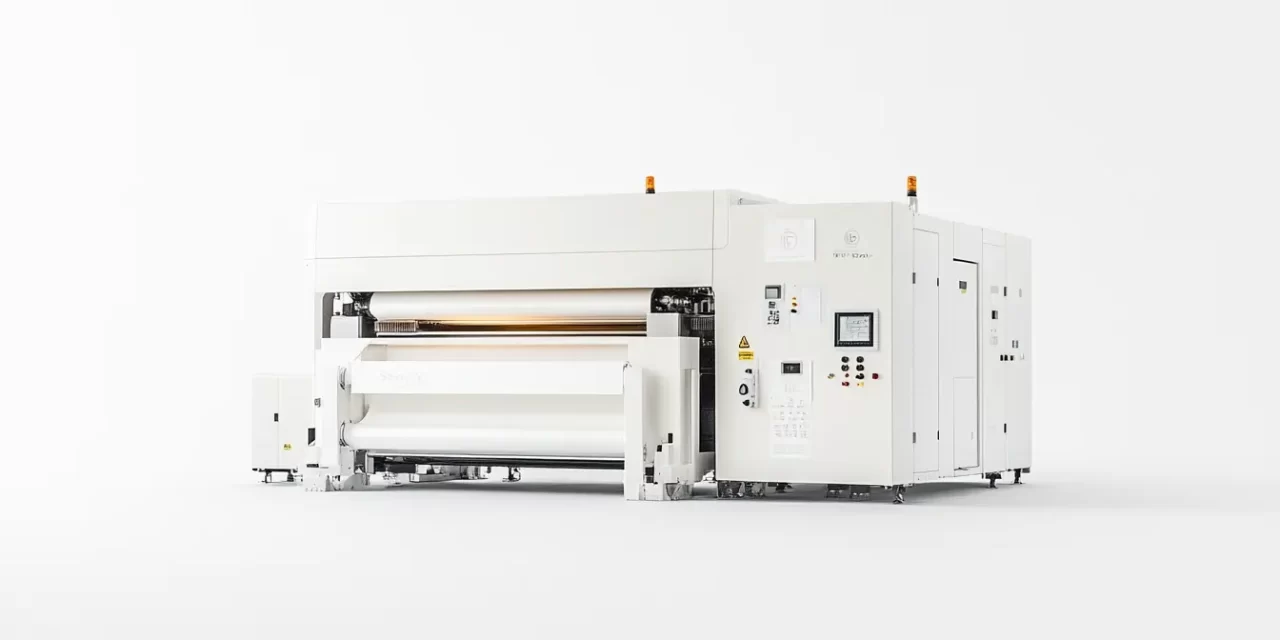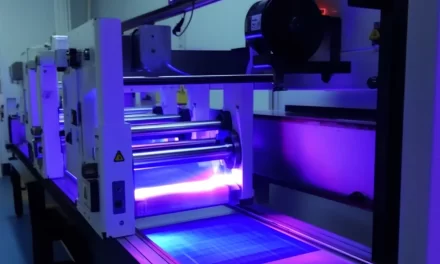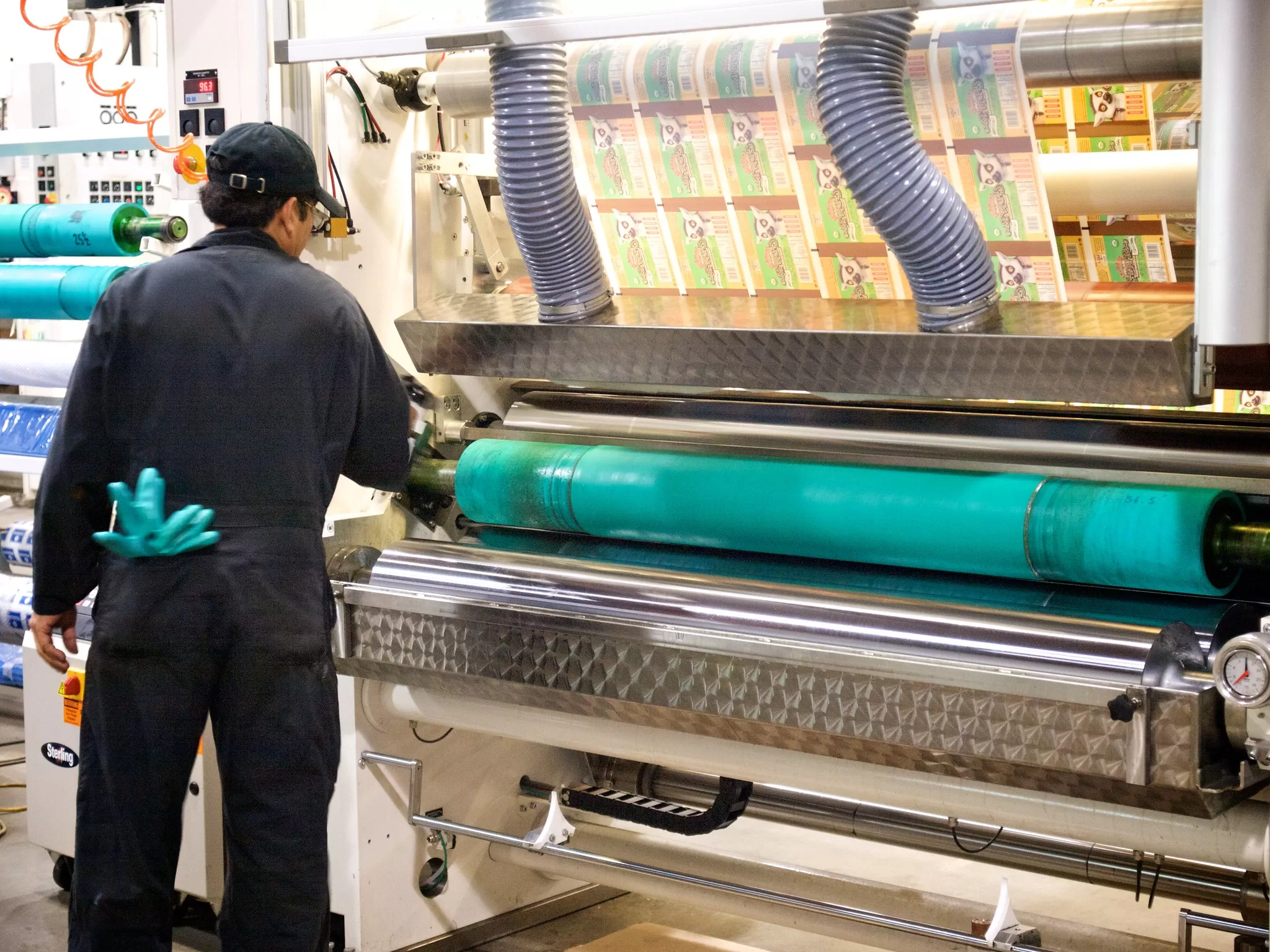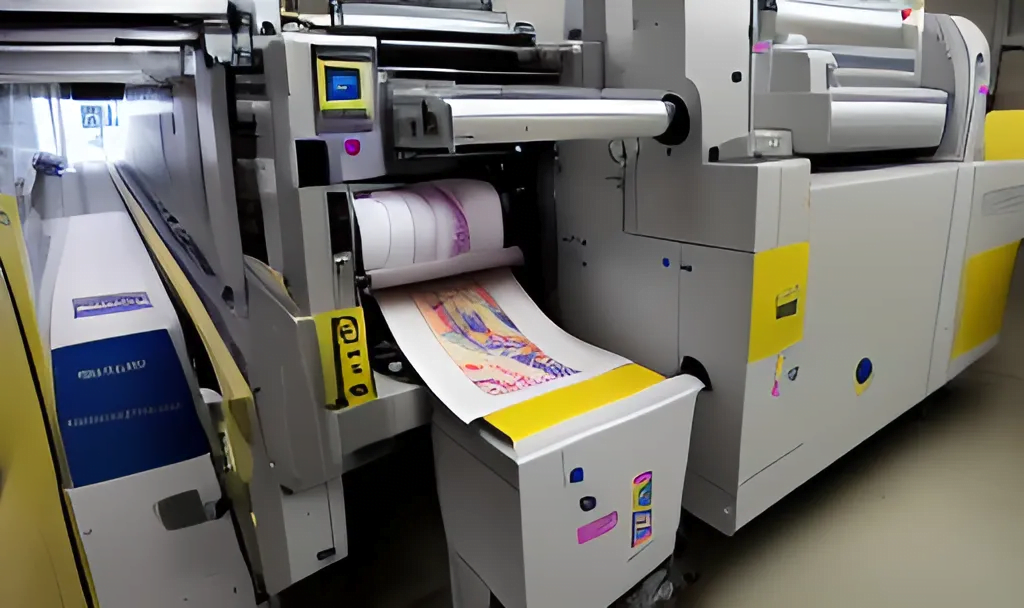In the dynamic world of printing technology, sheet feeders play a critical role in ensuring seamless operation and precision. These devices are fundamental to flexographic printing systems, automating the delivery of individual sheets into the press for consistent results. With the increasing demand for high-speed and high-quality printing, understanding the functionality and importance of sheet feeders has never been more crucial.
This article explores the ins and outs of sheet feeders, their applications in flexography, and how they contribute to operational efficiency while meeting the growing needs of the printing industry.
Understanding Sheet Feeders
Core Functionality
At their core, sheet feeders automate the process of feeding materials like paper, cardboard, or film into a printing press. This ensures a steady supply of substrates, allowing printing operations to continue without interruptions.
Components of a Sheet Feeder
Key components include:
- Sheet Stack Holders: Keep the substrate neatly stacked.
- Pick-Up Rollers or Suction Arms: Ensure precise separation and feeding of each sheet.
- Sensors: Monitor sheet alignment and detect misfeeds.
- Control Systems: Automate speed and adjustments based on printing requirements.
Each part works cohesively to guarantee accuracy and speed during the printing process.
Types of Sheet Feeders
Manual Sheet Feeders
These require human intervention to load and align sheets, typically used for small-scale or specialty printing jobs.
Automatic Sheet Feeders
Fully automated, these feeders can handle large volumes, making them ideal for commercial printing setups.
High-Speed Industrial Sheet Feeders
Designed for maximum output, they are equipped with advanced technologies to handle high-speed operations without compromising on accuracy.
How Sheet Feeders Work
The Feeding Mechanism
Sheet feeders utilize suction, rollers, or a combination of both to pick up and transport sheets from a stack. These mechanisms are fine-tuned to prevent overlapping or jamming, ensuring only one sheet is fed at a time.
Sensors and Controls in Sheet Feeders
Modern feeders are equipped with optical or ultrasonic sensors to detect substrate thickness and alignment, automatically adjusting to prevent errors.
Advantages of Using Sheet Feeders
Enhanced Efficiency in Printing
By automating sheet feeding, printers can focus on quality output rather than manual handling, reducing operational delays.
Reduced Downtime and Waste
Proper alignment and consistent feeding minimize material waste, leading to significant cost savings over time.
Applications of Sheet Feeders
Packaging and Carton Printing
Sheet feeders are indispensable in printing on cardboard for product packaging.
Label and Tag Production
They enable the precise feeding of delicate materials for high-quality labels and tags.
Specialty and Custom Printing
For intricate designs on unique substrates, sheet feeders provide the flexibility needed.
Sheet Feeders in Flexography
Role in Flexographic Printing Systems
In flexography, where speed and precision are paramount, sheet feeders streamline operations by ensuring uninterrupted substrate flow.
Integration with Flexographic Presses
Seamless integration allows for synchronized operation between the feeder and the press, enhancing productivity.
Key Features to Look For
Speed and Accuracy
A good sheet feeder should match the speed of your printing press without compromising accuracy.
Compatibility with Various Substrates
Whether it’s thin film or thick cardboard, versatility is key.
Common Challenges and Solutions
Paper Jams and Misfeeds
Regular maintenance and proper adjustments can prevent these common issues.
Wear and Tear Management
Investing in durable components and timely replacements ensures longevity.
Maintenance of Sheet Feeders
Cleaning and Lubrication Tips
Keeping rollers and suction components clean prevents operational hiccups. Regular lubrication reduces wear and tear.
Regular Inspection Protocols
Periodic checks of sensors and alignment mechanisms help catch issues early.
Innovations in Sheet Feeder Design
Advanced Automation and AI
State-of-the-art feeders now use AI to optimize feeding rates and reduce errors.
Eco-Friendly Design Improvements
Energy-efficient motors and recyclable materials are setting new standards.
Choosing the Right Sheet Feeder
Factors to Consider
Look at operational speed, substrate compatibility, and the level of automation needed for your business.
Assessing Your Business Needs
Evaluate your production scale and budget constraints to make the best choice.
Conclusion
Sheet feeders are the unsung heroes of modern flexographic printing, offering unmatched efficiency and precision. From improving workflow to reducing waste, these devices have revolutionized how businesses handle substrates in the printing process. With continuous innovation in design and functionality, sheet feeders are poised to remain at the forefront of printing technology advancements.
For those in the printing industry, investing in a quality sheet feeder isn’t just a choice—it’s a necessity for staying competitive and delivering top-notch results.
FAQs
What are sheet feeders used for in printing?
Sheet feeders automate the process of feeding materials into a press, ensuring smooth and efficient operations.
How do automatic sheet feeders differ from manual ones?
Automatic feeders handle large volumes with minimal human intervention, whereas manual feeders require hands-on operation.
Are sheet feeders compatible with all flexographic presses?
Most modern sheet feeders are designed to integrate seamlessly with various flexographic press models.
What substrates can sheet feeders handle?
They can work with a range of materials, including paper, cardboard, film, and specialty substrates.
How can I prevent paper jams in my sheet feeder?
Regular cleaning, proper adjustments, and periodic maintenance are key to preventing jams.
What is the lifespan of a typical sheet feeder?
With proper maintenance, a high-quality sheet feeder can last several years, even in demanding production environments.






